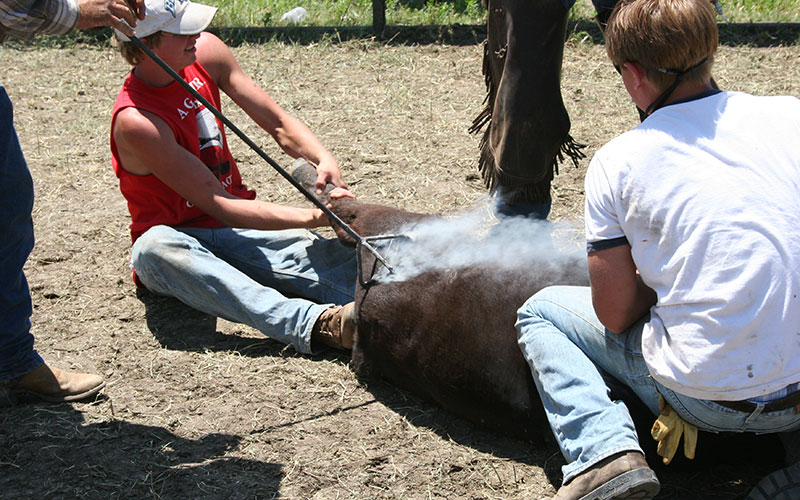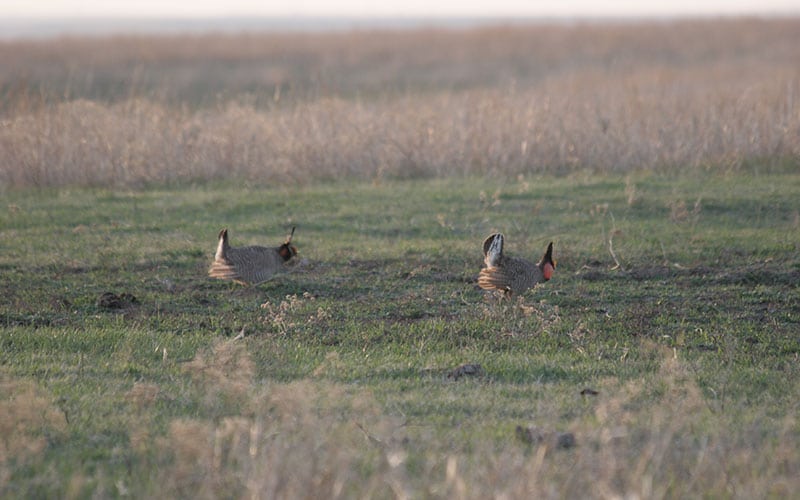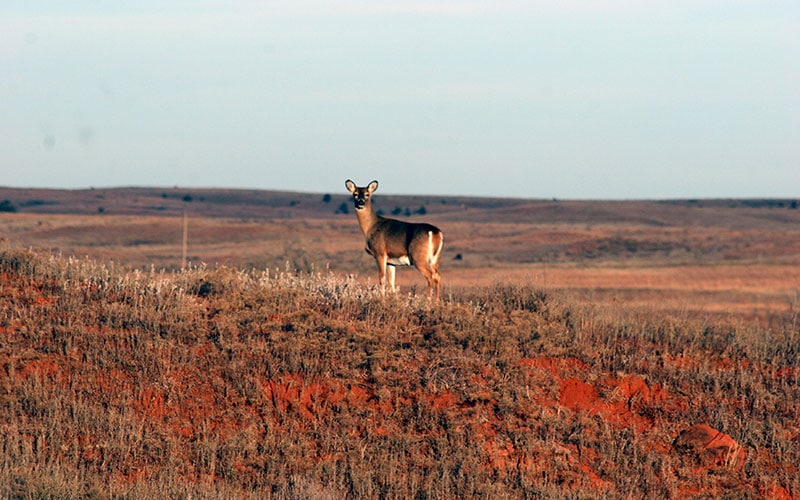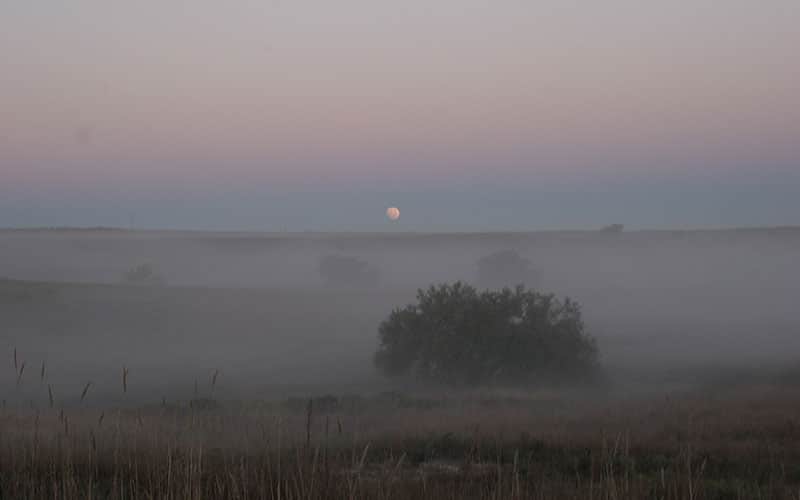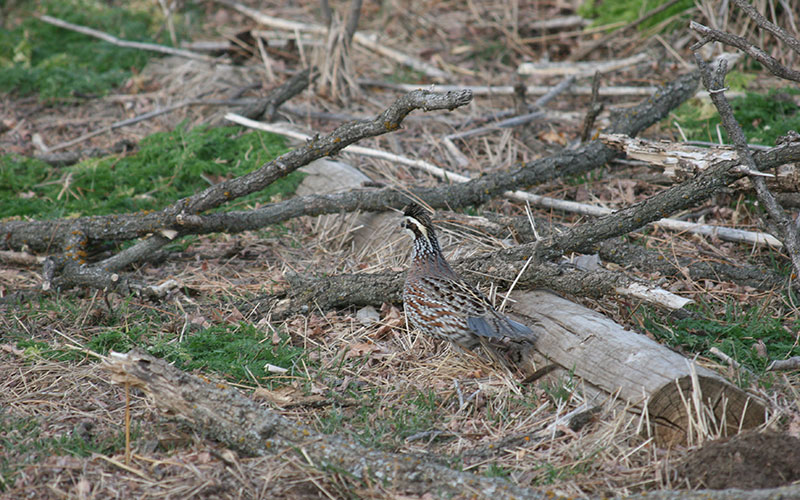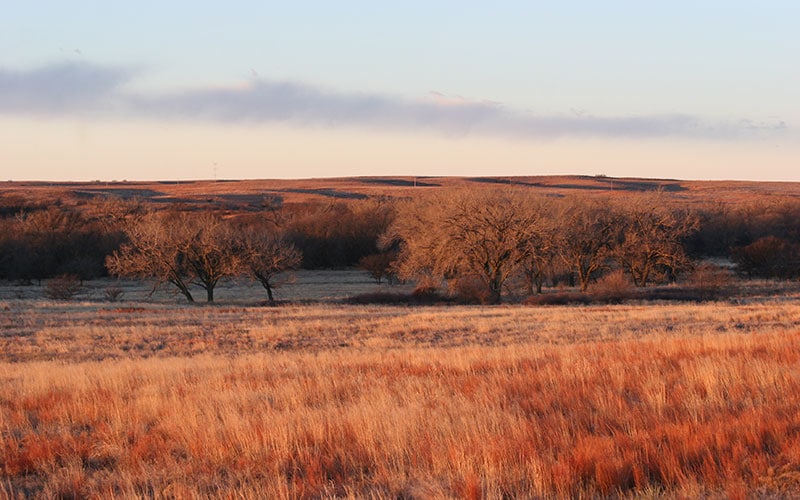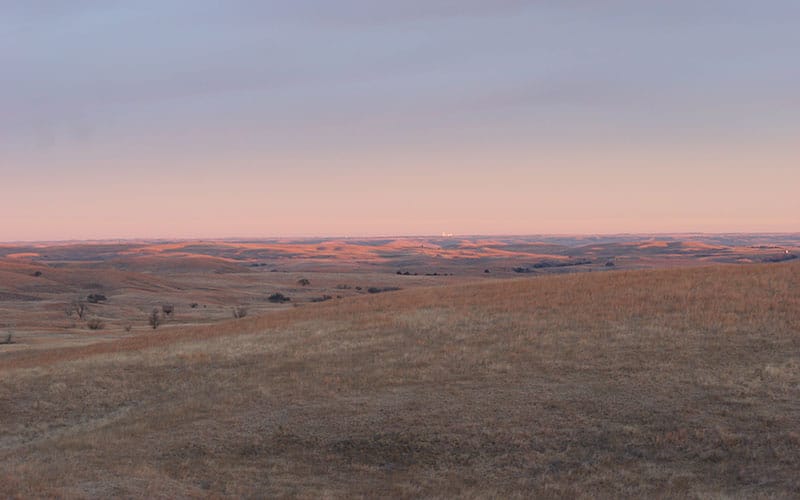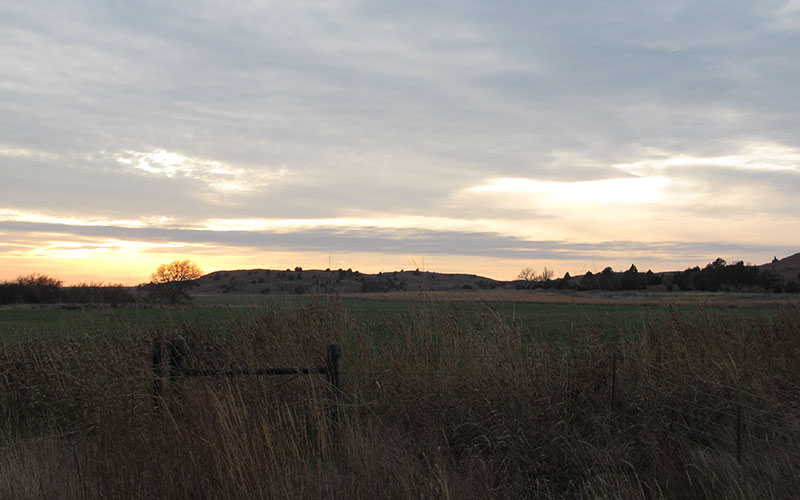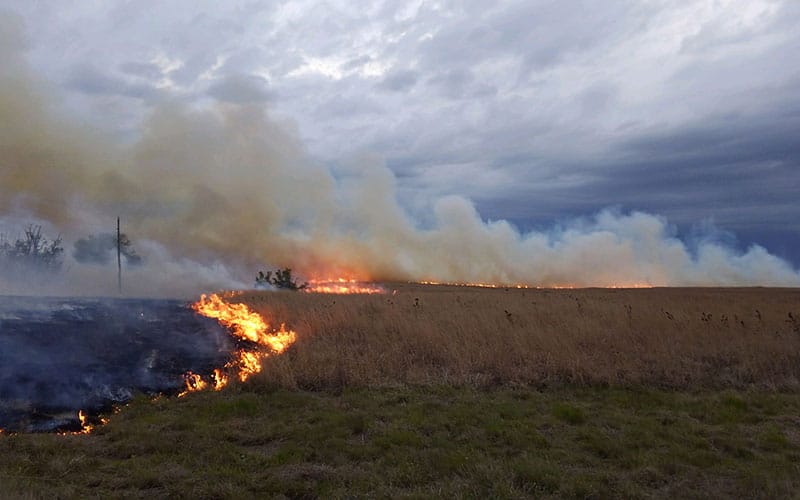The Hashknife Ranch
Comprising several thousand contiguous acres of the most scenic part of southeast Kiowa, northeast Comanche, and northwest Barber counties in south central Kansas, the Hashknife is one place that truly deserves the label, “Hunter’s Paradise.”
The Hashknife is a working cattle ranch, and we take pride in both our high-quality Angus cattle and our abundant wildlife. The ranch’s rugged landscape consists of rolling tallgrass prairie that stretches for miles in all directions, broken by spectacular and unique sandstone formations, buttes, and canyons, and numerous heavily-wooded running streams. Fertile fields line the many river and creek bottoms.
Because our family first started ranching out here over 100 years ago, there are very few public roads through the property. Today, the heart of the ranch, an area approximately 10 miles north and south and 8 miles east and west, has no public roads at all. That means visitors see few or no people, buildings, cars, utility poles, or other signs of human civilization.
The qualities that make the Hashknife Ranch an excellent place to raise top quality beef cattle also make it an ideal place for wildlife, especially Whitetail deer, Rio Grande wild turkeys, and native quail and pheasant. The ranch boasts an incredible abundance of wildlife to interest the serious sportsman: a huge population of some enormous whitetail deer-some of the biggest you’ll ever see. Wild turkey flocks numbering in the hundreds of birds in the fall and winter months. An amazing number of quail and pheasant-all wild!
For many years the ranch was hunted only by a very few friends and family members, and we resisted turning our carefully nurtured deer herd into a commercial venture. However, in 2001 we decided the time for pay hunting on the ranch had come and began offering a few paid hunts each year to those serious bowhunters willing to take advantage of the unique opportunity to “Hunt the Hashknife.”
When conditions are right in the spring, we burn pasture. Fire has always been nature’s way of controlling invasive plants, improving the native grasses, and enhancing wildlife habitat. Cutting cedar trees and burning pastures to improve the native prairie has also greatly boosted our quail and lesser prairie chicken populations.
(620) 738-4445
For further information about the hunts, or an application to hunt, please contact Ed or Kay Koger.


